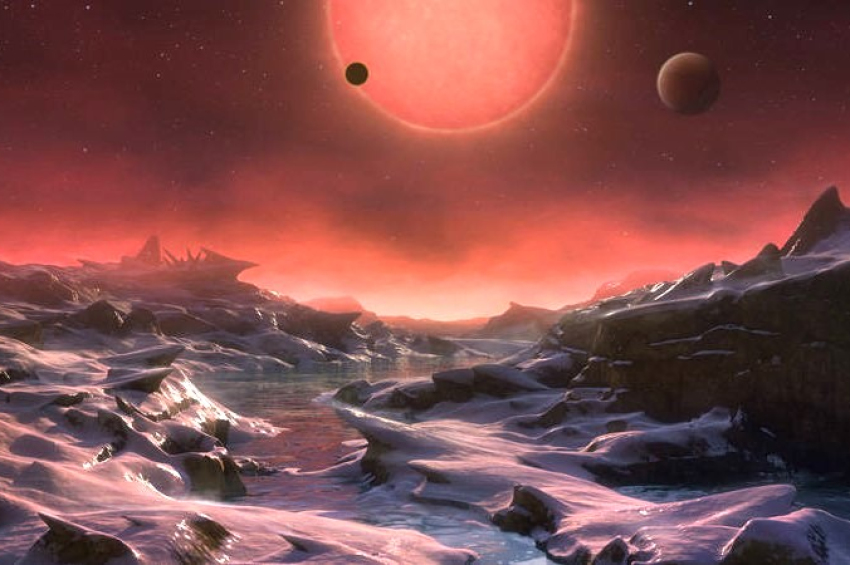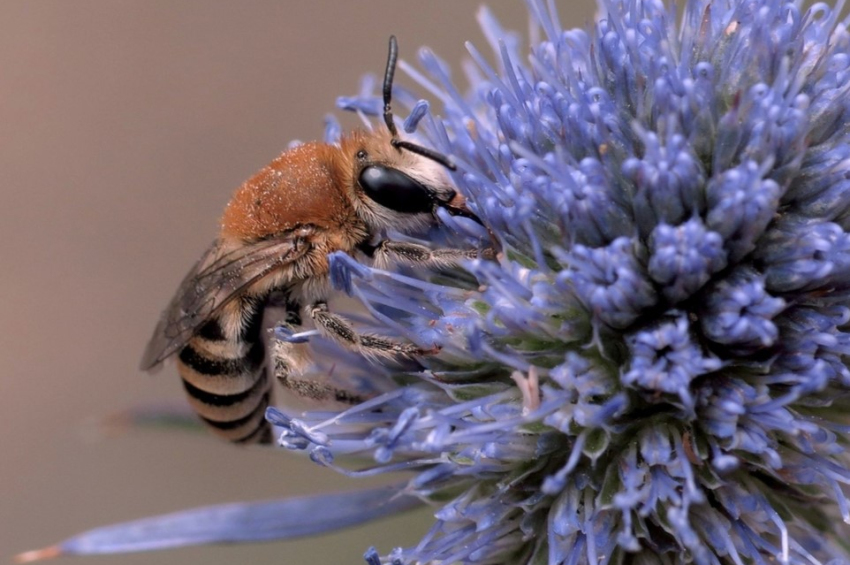Scientists propose new approach to hunt for alien life
The quest to find life beyond Earth has taken an intriguing new turn after an international team of researchers suggested to change the method of assessing habitability.
In a new study, the team led by University of Arizona astrophysicist and astrobiologist Daniel Apai has proposed to depart from the traditional focus on Earth-like conditions and focus instead on species-specific factors. This novel approach to the search for extraterrestrial life. could dramatically expand the range of environments considered potentially life-supporting.
Rethinking what makes a world habitable
For decades, scientists have based the search for habitable worlds on the presence of liquid water, assuming Earth-like conditions as the universal standard. Apai’s team challenges this paradigm by introducing a “quantitative habitability framework,” which asks not whether a planet is generally habitable, but whether it could support specific life forms — whether known on Earth or hypothetical.
As an example, Apai argued that just as camels thrive in deserts but would perish in Antarctica, different organisms require very different environmental conditions; no would penguins survive in the Sahara Desert.
This method allows us to stop thinking about “life as we know it” and start thinking about “life as it could be,” he told journalists.
Rather than rely on broad criteria, the new model takes into account temperature, atmospheric composition, and metabolic requirements tailored to individual species or ecosystems.
To put their theory to the test, researchers applied the model to TRAPPIST-1e, a well-known exoplanet located 40 light-years away. Their analysis revealed that methanogens — ancient microbes that thrive in oxygen-free environments on Earth — could have a 69% chance of survival on that planet.
Closer to home, the team assessed Mars and Europa, one of Jupiter’s moons. Mars, once a prime candidate for life, now shows a 55% habitability score for methanogens, while Europa’s subsurface oceans scored approximately 50%.
Charting new frontiers
These findings suggest these nearby worlds could still be viable targets for future exploration, even if they fall short of Earth-like standards.
The study also explored the survival prospects of cyanobacteria, or blue-green algae, on TRAPPIST-1e-like planets. Depending on environmental conditions, suitability ranged from a low of 13% to as high as 80%.
The next phase of the project aims to expand a database of Earth’s extremophiles — organisms that thrive in extreme environments such as Himalayan peaks or deep-sea hydrothermal vents. This knowledge could prove crucial in identifying alien habitats that, while hostile to humans, may be ideal for other life forms.







